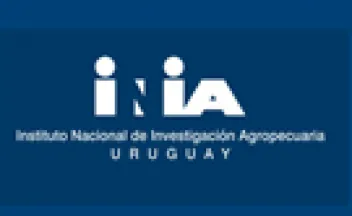Elevated atmospheric CO2 suppresses silicon accumulation and exacerbates endophyte reductions in plant phosphorus.

Many temperate grasses are both hyper-accumulators of silicon (Si) and hosts of Epichloë fungal endophytes, functional traits which may alleviate environmental stresses such as herbivore attack. Si accumulation and endophyte infection may operate synergistically, but this has not been tested in a field setting, nor in the context of changing environmental conditions. Predicted increases in atmospheric CO2 concentrations can affect both Si accumulation and endophyte function, but these have not been studied in combination. © 2023 The Authors.
